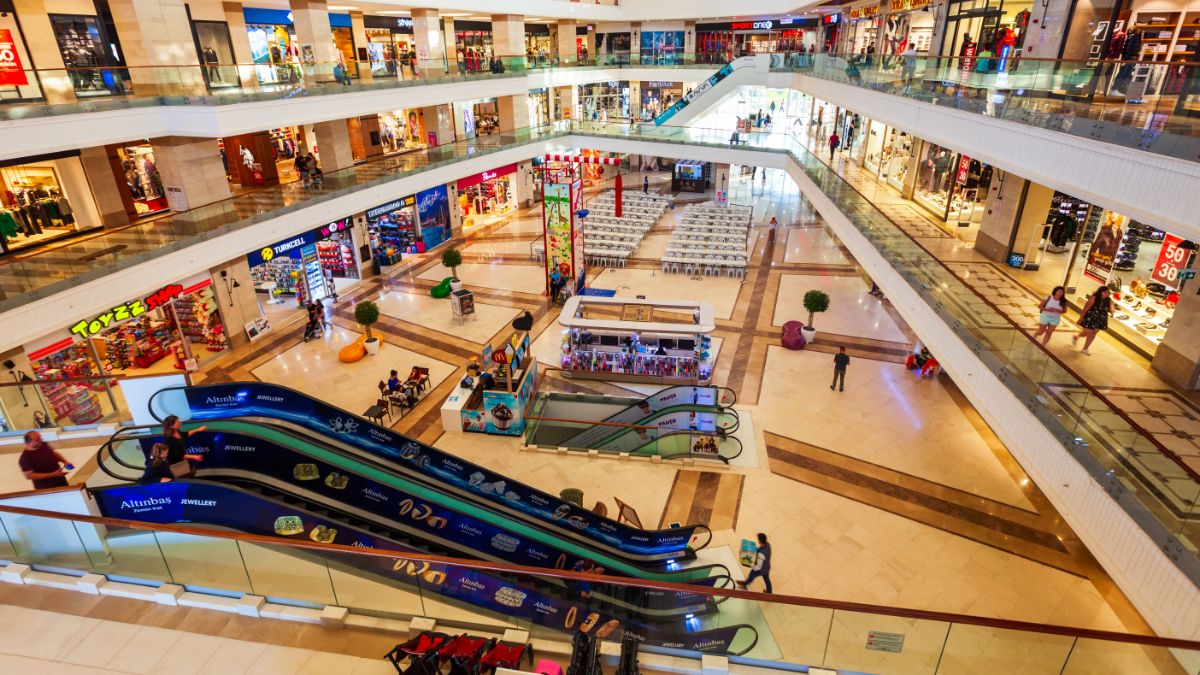International. Air conditioning in shopping centres is crucial to guarantee the well-being and comfort of visitors, as well as the good condition of the products marketed.
This has been highlighted by LG Electronics when drawing up a list of recommendations and aspects to be taken into account to obtain the maximum performance of VRF (Variable Refrigerant Flow) systems and chillers in these spaces.
1. Thermal Load Assessment
The manufacturer recommends conducting a detailed study of the thermal load of the shopping center, considering factors such as occupancy, architectural design, and electrical equipment.
2. System Design
VRF systems are ideal for areas with different air conditioning needs and allow individual temperature control in different zones, optimizing comfort and energy consumption. On the other hand, the company recommends using chillers for large thermal loads, as they are effective in large spaces and can be integrated with air distribution systems.
3. Control and automation
Implementing a centralized control system allows the monitoring and management of equipment. This makes it easy to adjust temperatures according to the needs and occupancy of the shopping centre.
4. Zoning
It is best to divide the space into zones according to their use and affluence. For example, high-traffic areas like food courts require different settings than clothing stores.
5. Preventive maintenance
LG Electronics recommends having a regular maintenance schedule to ensure efficiency and extend the life of the systems. This includes cleaning filters, checking coolants, and checking electrical components.
6. Integration with renewable energies
It is also pertinent to consider integrating renewable energy sources, such as solar panels, to reduce energy dependence and improve the sustainability of the system.
7. Energy efficiency
Choose equipment with high energy efficiency ratings (SEER, EER). VRF systems are generally more efficient compared to traditional systems.
8. Proper ventilation
The company warns of the need for the system to include an adequate supply of fresh air to maintain indoor air quality, especially in crowded areas.
9. Staff training
It is essential to train personnel in the use and maintenance of the systems, as well as in the optimization of comfort and energy efficiency.
10. Continuous evaluation
Conduct periodic evaluations of the system's performance to identify opportunities for improvement and necessary adjustments according to the seasons.
"By implementing these recommendations, you will be able to achieve an effective and efficient air conditioning system for your shopping center, improving the visitor experience and optimizing energy consumption," the company emphasized.















